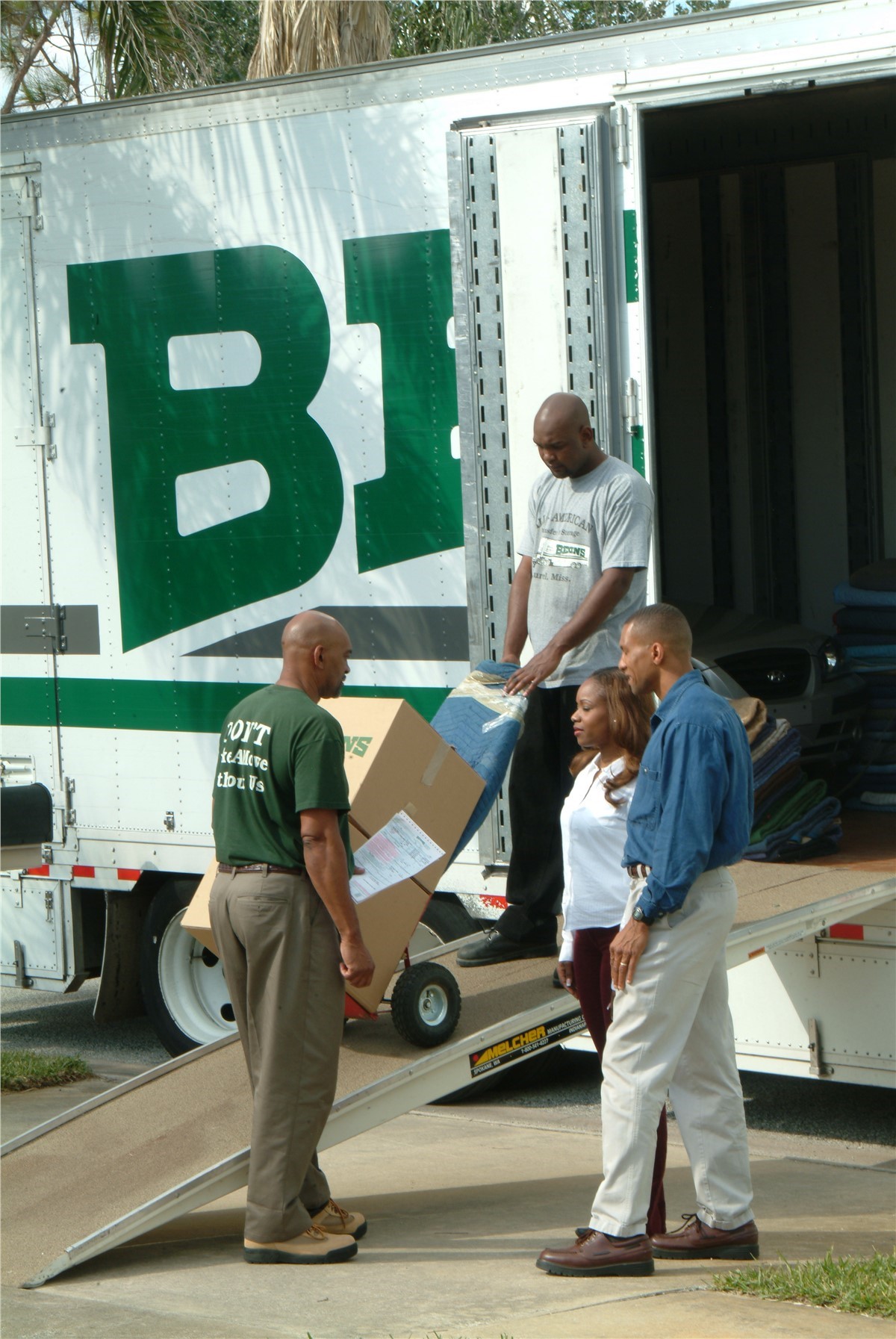Some Things to Consider:
Start collecting boxes early. An easy way to store cartons so that they won’t require a great deal of storage is to open both ends of the cartons and flatten them out. You can open them up again and re-seal the bottoms with your plastic tape as you are ready to use them.
Pack on a room-by-room basis. That is, don’t pack articles from the living room in boxes with articles from the kitchen. This will save much confusion later when it’s time to unpack.
It will probably be necessary to have your mover do some of your packing for you. At the very least, it may be necessary to purchase some of his specialized cartons that will be impossible for you to find elsewhere. This category would include such cartons as mattress cartons, wardrobe cartons, containers for large pictures and mirrors, and possibly some large cartons for tall table lamps.
Hanging clothing, such as suits, dresses and coats, should be hung in movers wardrobe cartons. This will save you the trouble and expense of having your garments cleaned and pressed later. Hanging clothing cannot be left in garment bags. Garment bags were not designed to be used as movers wardrobes, and they will not withstand the stress. Clothing to be hung is usually taken out of the garment bags, hung in the wardrobes, and the garment bags folded and placed in the bottom of the wardrobe.
Dresser drawers need to be empty. Movers usually do not move chests of drawers with the contents of drawers left intact. Too much weight in the drawer could cause damage to the drawer while your furniture is enroute.
What size boxes should you use? The rule-of-thumb here is the small, heavy articles, such as books, records, canned goods, etc., would go in smaller boxes. Bulkier, but not-so-heavy articles, such as pots and pans, linens, small kitchen appliances, etc., would go in somewhat larger boxes. Very bulky, lightweight articles, such as blankets, pillows, toys, large lamp shades, shoes, etc., would go in the largest boxes.
Tags
Subscribe to Boyer-Rosene Moving & Storage, Inc.'s Blog








Comments